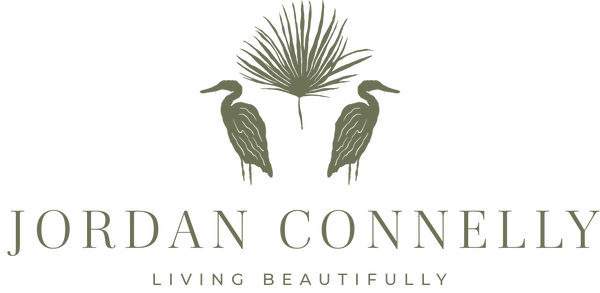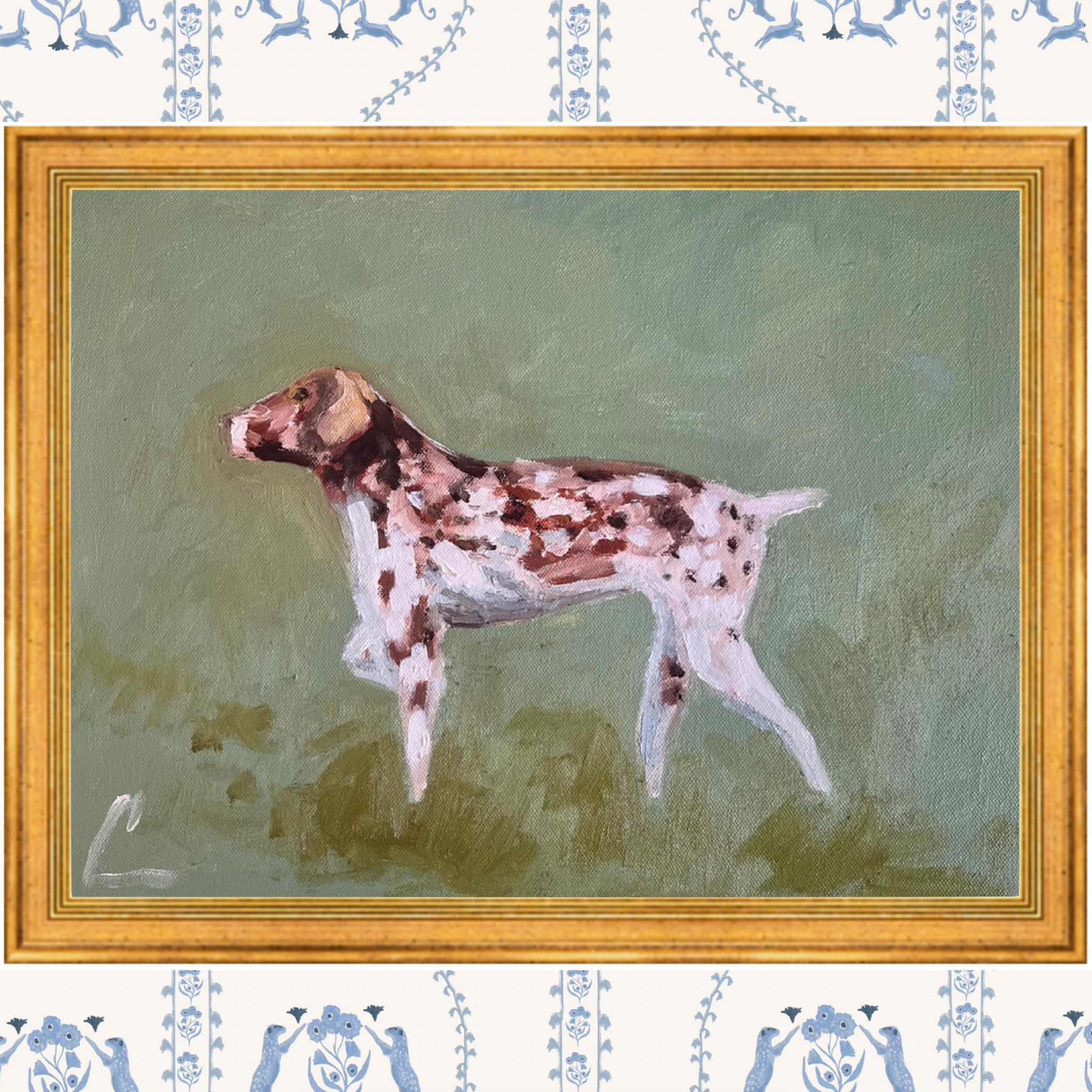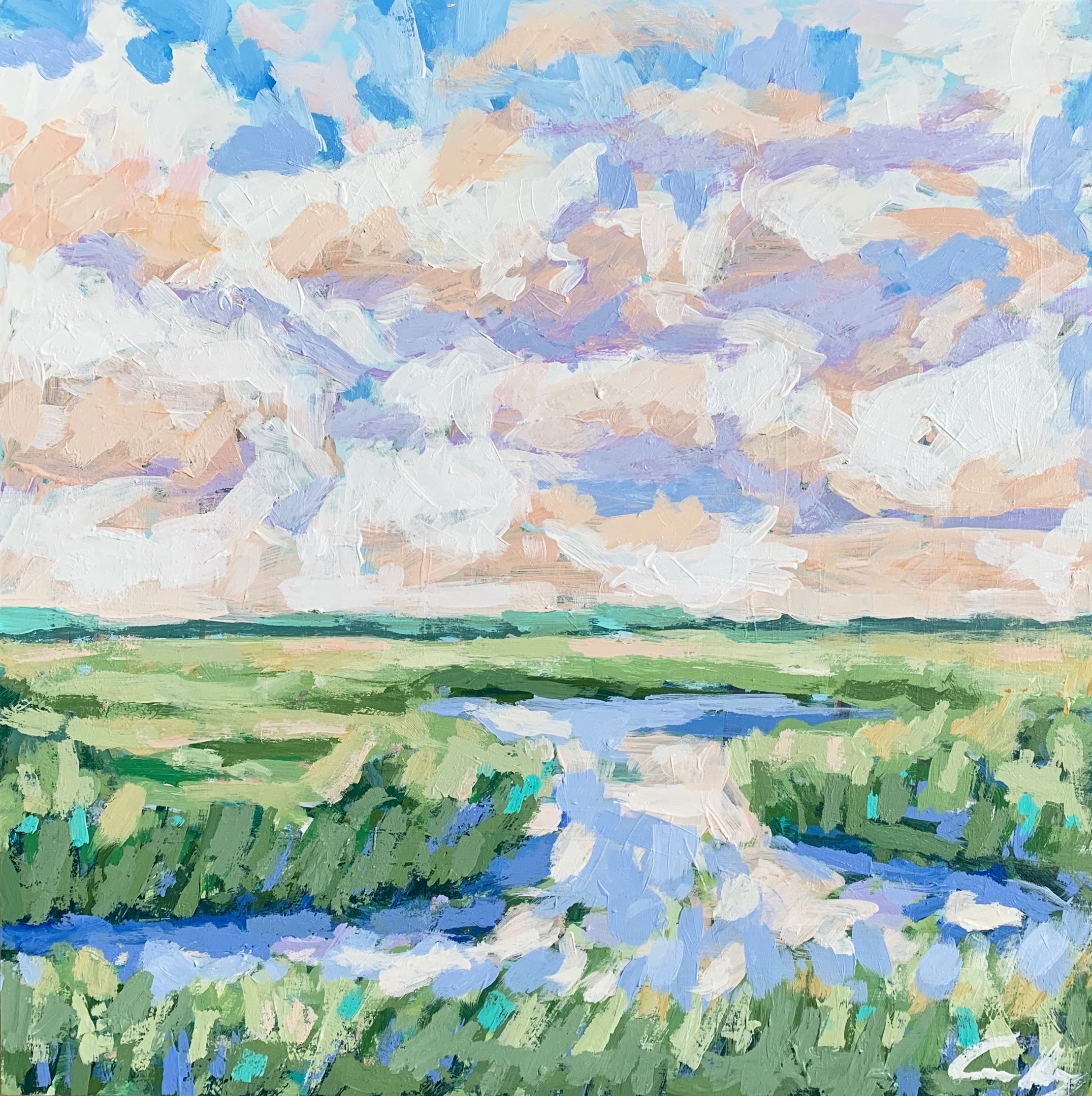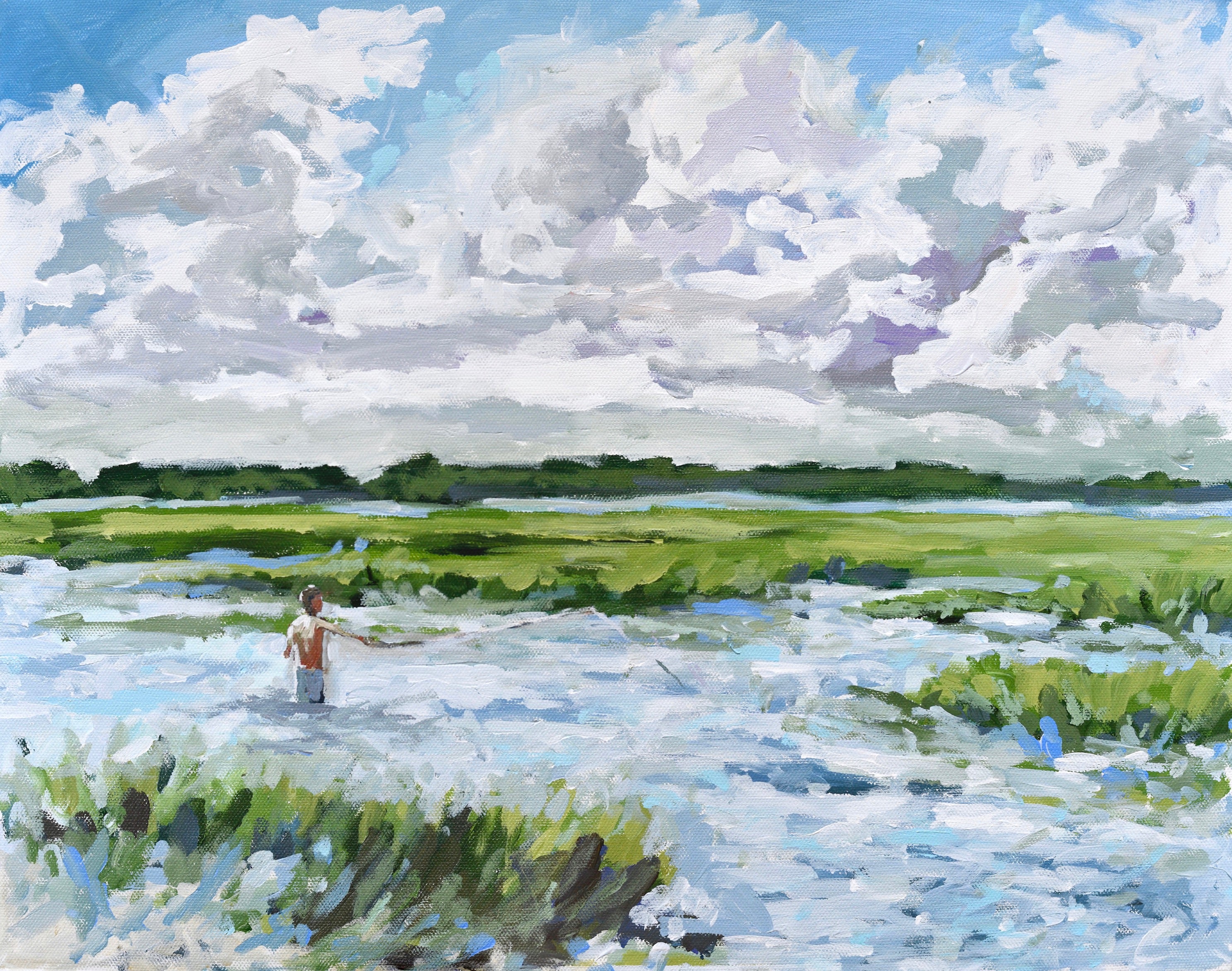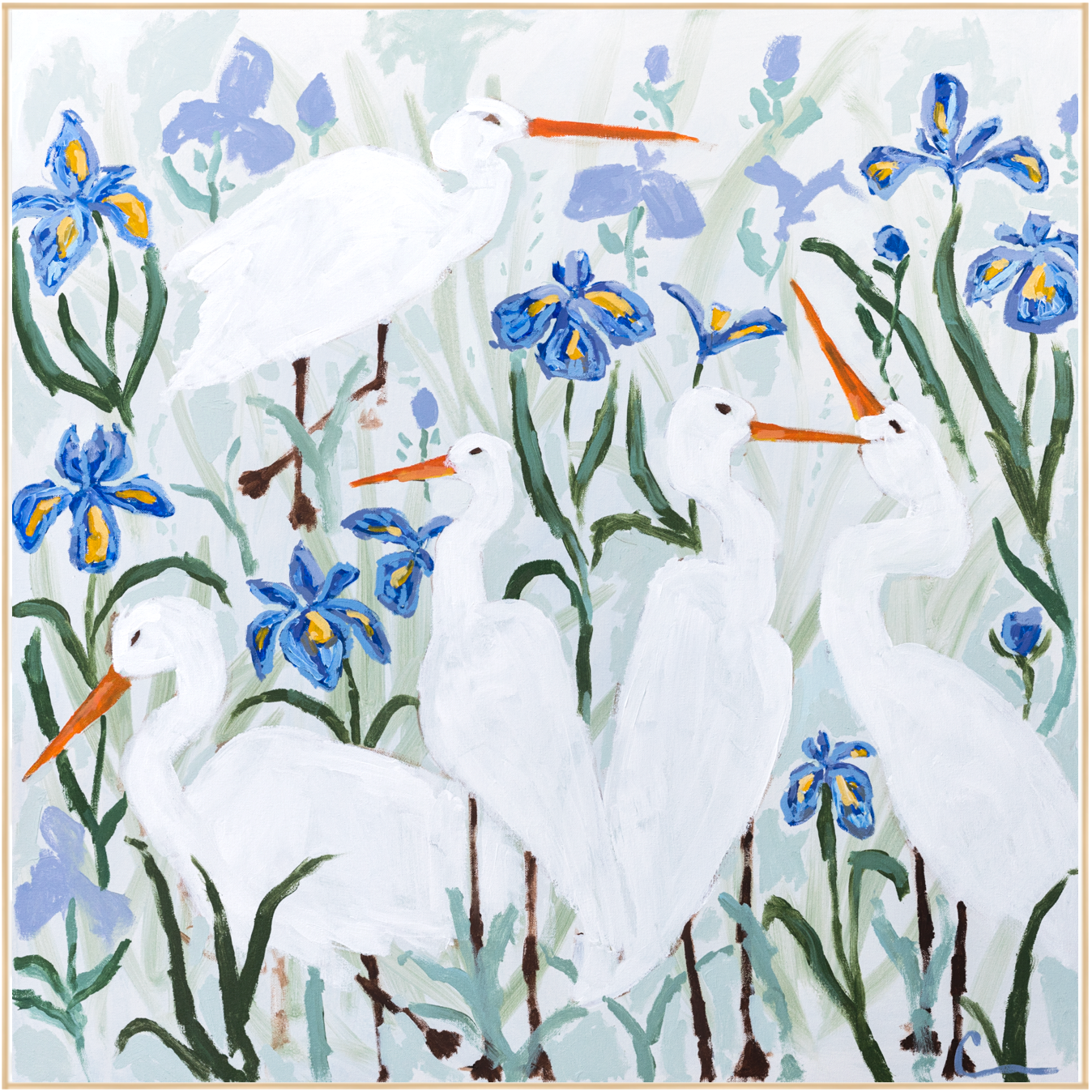Flat Matte Wallpaper Hanging Instructions 2
PLEASE NOTE: EXTRA CARE MUST BE TAKEN DURING INSTALLATION AS CLAY COATED IS MORE SUSCEPTIBLE TO CREASING THAN TRADITIONAL VINYL WALLCOVERING PRODUCTS.
IMPORTANT GUIDELINES FOR CONTRACTORS AND SUPPLIERS- STOP & READ BEFORE INSTALLING
ALL INSTALLATIONS MUST CONFORM TO MANUFACTURER’S CURRENT INSTALLATION INSTRUCTIONS AND PRODUCT TECHINICAL INFORMATION IN ORDER FOR MANUFACTURER’S WARRANTY PROTECTIONS TO APPLY. If the wallcovering is installed in a manner other than that recommended , it is done at the sole risk of the installer. Use of a permeable mold inhibiting primer product and the use of a permeable adhesive containing a mildew inhibitor is recommended.
SURFACE PREPARATION
-
All hanging surfaces must be clean, smooth, dry, undamaged, free of mold, mildew, grease or stains, and structurally intact. All loose paint and other wallcoverings should be removed. If moisture is present, immediately identify and eliminate the source(s) of the moisture and verify that all wall surfaces are completely dry before proceeding.
-
Any mold or mildew MUST be removed from walls and hanging surfaces prior to installation. Walls should not contain in excess of 4% residual moisture content. A moisture meter should be used to determine moisture content. Moisture infiltration and accumulation can lead to mold or mildew growth and must be corrected PRIOR to the installation of the wallcovering. If you are unsure if moisture problems are present, consult a qualified professional before proceeding. This product is intended for use in buildings that are properly designed and maintained to avoid moisture infiltration, condensation and or accumulation at wall cavities and wall surfaces, particularly in warm, humid climates. Walls should also be treated with bleach, Lysol and/or other approved, mildew –inhibiting products in order to inhibit further mildew growth. Roysons will not be responsible for any performance and/or quality issues if moisture problems are not addressed before installation, and/or if the building is not properly maintained to prevent moisture infiltration following installation.
-
Proper surface preparation is key to getting great results. To prepare the surface properly, we recommend that you prime all surfaces with a permeable, mold inhibiting wallcovering primer.
-
Use only a lead pencil for marking walls and back of wallcovering. Do not use ballpoint or marking pen, as they will bleed through the surface.
-
Do not install wallcovering unless a temperature above 65 degrees F is maintained in both areas of installation and storage for at least 48 hours prior to installation.
ADHESIVE
The Clay Coated Paper is a highly permeable wallcovering and should be installed with a heavy duty adhesive and primer with mold and mildew inhibitors. Manufacturers such as Roman Decorating and Zinsser offer permeable adhesives and primers with advanced mold and mildew protection. Please check with these manufacturers for their latest products. Roman Eco brand primers and adhesives are recommended for compliance with NSF-342 sustainability.
ADHESIVE APPLICATION
Do not dilute adhesive. Brush an even coat of paste over entire back of wallcovering. Gently double material together and “book” material for ten minutes. Do not fold or crease booked material.
SELECTING AND CUTTING WALLCOVERING-
-
Before cutting, examine goods to make certain pattern color is satisfactory and as ordered. The installer should have a sample of wallcovering pattern for comparison.
-
Check all roll tickets to determine if more than one run number (lot number) of the same pattern color is to be hung.
-
Cut rolls in sequential order starting with the highest number working down to the lowest number. Make certain that run numbers are broken at the corners only. Allow for matching of repeats and trimming at ceilings and baseboards.
-
Number panels and headers as they are cut from the roll and apply to wall in same sequence.
APPLYING WALLCOVERING TO WALL SURFACE
1. When installing textured or non-matched patterns, reverse hanging of alternate panels is required to ensure color continuity from strip to strip.
2. Determine whether the pattern match is random, straight across, or drop match. Measure the wall height, allowing for pattern match, add 4 inches, and then cut the wallcovering with a sharp, new blade each time. It will overlap onto the ceiling and the base approximately 2 inches.
3. Apply the recommended adhesive to the back using a paint roller. Work the adhesive in, to cover the back completely, especially near the edges. Mate each end toward the middle, pasted sides together, aligning the edges carefully so they do not dry out. CAUTION: Do not crease wallcovering. Allow to “relax” for ten minutes (booking). This will allow the adhesive to penetrate the wallcovering fabric, which is important to a successful installation.
4. WITH ALL DIRECTIONAL PATTERNS, IT IS IMPORTANT TO LINE UP PATTERNS AT EYE LEVEL ALLOWING ANY DRIFT IN LINEUP TO RUN OFF TOWARD CEILING AND FLOOR. THE STANDARD ALLOWANCE IS ONE QUARTER OF AN INCH UP OR DOWN. IF PATTERN IS LINED UP AT THE CEILING THE PATTERN WILL BEGIN MISALIGNMENT SOONER AND THE GAP WILL BE LARGER. ALSO, MOST PATTERNS WILL BE VIEWED AT EYE LEVEL THEREFORE IT IS THAT AREA THAT NEEDS TO LOOK ALIGNED. IF THERE ARE ANY QUESTIONS ABOUT PATTERN LINEUP, CONTACT SUPPLIER. BE SURE FIRST DROP OF WALLCOVERING IS SQUARE ON WALL BY PLUMBING THE WALL AND USING A LEVEL.
5. Goods are designed to match up to 54” wide on walls depending on the pattern. WHEN INSTALLING, EXACT TRIMMING AND LINE UP OF THE PATTERN IS CRITICAL (See installation instructions specified to each design.)
6. Avoid burnishing the face of the material. Use a wallcovering brush or a plastic scraper to smooth the wallcovering onto the wall.
CAUTION: All cuts are to be done with a sharp, new blade every time-
A dull blade will result in frayed edges and poor seams!
7. Do not rub. Do not allow vinyl adhesive to dry on surface as it may leave a white residue. Wash off excess paste from face of wallcovering as you hang it with a cellulose sponge. The cellulose sponge must be rinsed in clean water after every use. Blot dry with a clean cloth.
8. Overlap the second strip over the edge of the first strip. Tape seams underneath with a low adhesion painter’s tape before overlapping and double cutting with a sharp, new blade to avoid getting adhesive on the wallcovering. If paste does get on the vinyl, clean it off immediately with clean warm water and blot dry with a clean lint less towel. Use a soft bristle brush to wash the ceiling and the baseboard to remove any paste residue. Do not leave any overlap on the seams since product will not adhere to itself. *Seams should be vertical, have a tight fit, and be free from air and paste bubbles. Seams should not be located closer than 6” to corners.
9. After three panels are smoothed to wall surface and excess paste removed, examine the installed panels for color uniformity. Any objectionable variations in color match, pattern match, etc should be immediately communicated to your sales representative for inspection before proceeding further with installation.
10. After installation, the walls and wallcovering should be monitored for potential moisture or vapor infiltration or accumulation. Any such infiltration/accumulation after installation must be promptly eliminated in order to reduce the risk of mold/mildew growth.
CARE AND MAINTENANCE OF WALLCOVERING
General Conditions Day –to- Day Soil
Ordinary dirt and smudges can be removed with a mild soap and warm water. Clean from bottom of wall upward. Rinse thoroughly with clean water from the top down using a sponge. Dry wallcovering with a soft lint free cloth or towel.
Not recommended for cleaning are steel wool or powdered abrasive because they mark the surface leaving an unsightly appearance. DO NOT use active solvent type cleaning preparations, such as nail polish remover, etc...because they remove print, and/or finish from the wallcovering.
Care should be taken that water dripping down the wall does not run behind the floor molding. The molding can be discolored and/or permanently damaged. All stains should be attempted to be removed with soap and water first. Isopropyl alcohol may set some stains that soap and water may remove.
DreamGuard Protex 3
For added protection against scratch, abrasion and mildew we recommend applying DreamGuard Protex 3. DreamGuard Protex 3 is a water based, non- hazardous liquid topcoat specially formulated to resist mold and mildew growth and protect against surface scratches and abrasion. DreamGuard is easily applied with a common 1⁄4” nap paint roller and dries to a clear finish. DreamGuard Protex 3 is available in two finishes-satin and matte.
